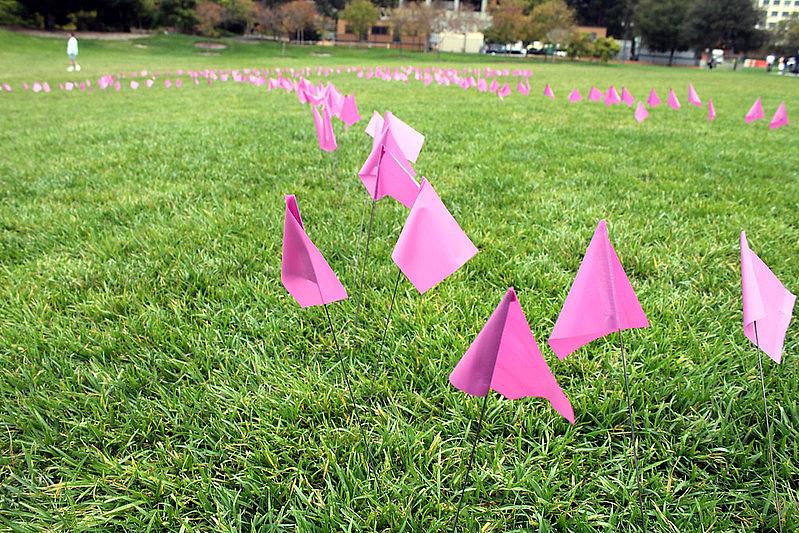How transgender communities are mobilizing to stop domestic violence and aid survivors

(Photo by Quinn Dombrowski via Creative Commons)
In the United States nearly 20 people per minute are physically abused by their intimate partner, according to the National Coalition Against Domestic Violence. For the transgender community, the rate is significantly higher, and for trans people of color the rate is higher still.
Not until 1994 did the U.S. recognize domestic violence as a federal crime, with passage of the Violence Against Women Act. It was a historic win for domestic violence survivors and supporters. But some advocates say the system was built for the safety of cisgender white middle-class women, given how strongly it involved law enforcement in protecting survivors.
My reporting for the Center for Health Journalism 2023 National Fellowship will look at domestic violence in a transgender community and the police response.
Surveys show that transgender people experience high levels of mistreatment and harassment by law enforcement. In a 2015 survey by the National Center for Transgender Equality, for example, 55% of respondents said they had experienced some form of abuse, including physical and sexual assault and, in some instances, coercion by police officers to engage in sexual activity to avoid arrest. Although California is one of the top states in policies protecting the LGBTQIA community, the California State Attorney's Office has found troubling patterns of police conduct within the trans community. For example, transgender people are likely to be stopped due to "reasonable suspicion" of a traffic violation four times more often than cisgender people.
The failure to protect transgender women and women of color despite the implementation of policies like the Violence Against Women Act, and the role of law enforcement in that neglect, have led community leaders to seek restorative solutions that do not involve police.
My reporting will center on domestic violence in California's Latinx transgender community and the police response. Through narrative and visual storytelling, I will highlight the experiences of survivors while examining strategies emerging from community members to keep people safe.
Ultimately, I hope to provide a piece of work that centers on the Latinx trans community, their resilience and their determination to keep each other safe despite the barriers.
